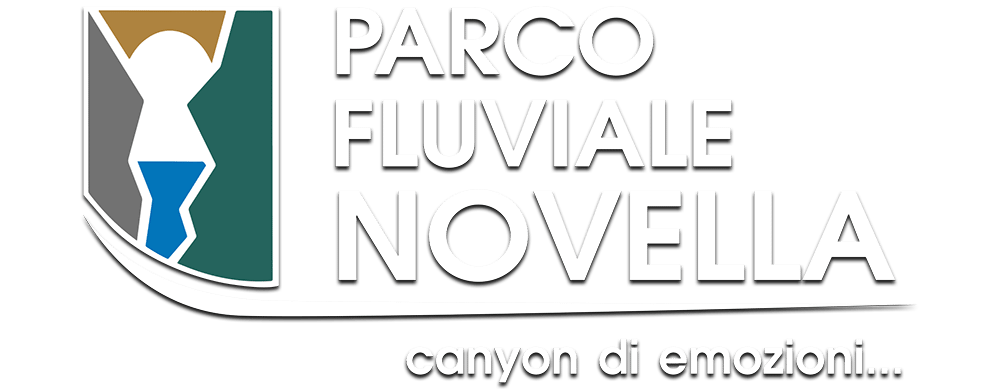Nesting in the Novella River Park
Finally the summer season begins again and like every year many birds are preparing for nesting.
Walking through the Park you can see, on the plants or on the ground, the nests, observe them discreetly, without ever touching them so as not to cause abandonment by the parents.
We have prepared for you a mini-guide on the species that choose the woods of the Novella River Park to build their homes.
Are you ready?? Start! 😄
Nesting: GENUS TURDUS
They are medium-sized, insectivorous and frugivorous birds that feed on the ground. The nest is a solid cup built by the female and consists mainly of dry grass, sticks, and mud.
There are several species of “turdus” that are widespread all over the world. In the Novella River Park you will meet the blackbird and the thrush.
Blackbird
Description
The blackbird is a sedentary, nesting, regular migratory and wintering species. It adapts to open environments in the countryside, woods but also to urban areas.
It nests in low trees, in bushes or between the beams of buildings; In spring, be careful on the stretch of road that passes through the apple orchards to get to the gorge, because you can find some nests on the plants!
Nest
The nest, built by the female, is a large cup composed externally of plant stems, grass, leaves, twigs and mud, internally of dry leaves and thinner grasses.
The breeding season is in March/April with double brood, sometimes even triple.
The eggs vary from 4 to 5, smooth, shiny, light blue or off-white in color with brown spots.
Nestlings are cared for by both parents. They leave the nest still very small due to space problems. Unfortunately, the premature exit of birds from the nest is a danger because they are easily hunted (only 2 out of 5 reach adulthood).
Thrush
The thrush is a partially sedentary, nesting, regular migratory and wintering species.
It reproduces in coniferous forests, both mixed and broad-leaved, but it also prefers open countryside environments, so pay close attention during the trek!
The nest externally is very similar to that of the blackbird, the main difference lies in the inside! In fact, it is not coated with any plant material but only with mud.
The breeding season begins in May. The female lays 5-6 smooth, shiny, blue eggs, with dark speckles concentrating at the widest end. Incubation is taken care of by the female, while the nestlings are raised by both parents.
Nesting: PARIDI
Paridia are small, insectivorous birds that nest in a wide variety of environments. One of their characteristics is that they easily adapt to artificial nests.
We have chosen to describe the great, the redstart and the robin, present in Val di Non and in the area of the Novella River Park.
Great
Description
It breeds in both wooded and urban environments.
The nest is placed in a hole to be sheltered from the rain, built with hair, moss and feathers.
Reproduction takes place in May with a single clutch: 8 to 13 white eggs with a few reddish patches.
Chicks are raised by both parents.
Redstart
Distribution
The redstart usually nests in artificial cavities but also often uses rocky areas with abundant vegetation. The nest, built by the female, is a messy cup of dry grass, moss, roots, wool, lined inside with feathers and hairs where 6-7 shiny blue eggs are deposited. Incubation is handled by the female and rearing by both parents.
Robin
The robin is a chubby-looking bird, with a distinctive orange coloration that runs from the chest to the forehead.
Coniferous forests are its natural habitat, but it is also often present in urban environments. It nests in holes or crevices in trees.
The nest is a voluminous cup of leaves, grass and moss, lined with thin roots, hairs and a few feathers.
2 clutches are made with the production of 5-6 smooth, off-white, dotted or vaguely veined eggs with shades from pink to light brown.
Incubation is performed by the female, who is fed by the male, while rearing is carried out by both parents.
If you think this guide was interesting, please let us know!
And above all, come and visit us on our Instagram and Facebook pages!! 😄

















